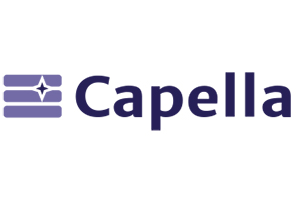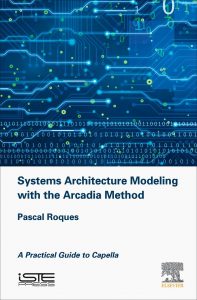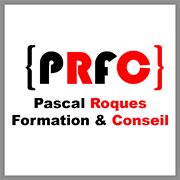Capella
 The ARCADIA systems modeling method has been applied since 2011 to a growing number of projects in a wide range of fields and in many countries. The method is supported, in its modeling dimension, by a dedicated tool that responds to full-scale deployment constraints in an operational context. This tool, named Capella, is made freely available to the system engineering community in open source mode.
The ARCADIA systems modeling method has been applied since 2011 to a growing number of projects in a wide range of fields and in many countries. The method is supported, in its modeling dimension, by a dedicated tool that responds to full-scale deployment constraints in an operational context. This tool, named Capella, is made freely available to the system engineering community in open source mode.

The Capella modeling tool is in the form of an Eclipse application implementing the Arcadia method and offering graphical editing, verification, etc. capabilities. The differentiating elements of Capella, compared to a classical modeling tool (for example a SysML tool) are the following:
-
an integrated methodological guide of the Arcadia method, entry point of the tool,
-
a semantic browser to navigate the model efficiently, regardless of open diagrams,
-
a very efficient management of diagrams, with many possibilities for contextual creation, automatic update management, etc.
-
the notion of replicable elements and reusable model element libraries, automated transitions between modeling levels as well as moving from a system to its subsystems, the possibility of enriching the basic tool by creating specialized “points of view” (performance, security, etc.).
For more information, refer to Pascal Roques’ book: Systems Architecture Modeling with the Arcadia Method – A Practical Guide to Capella, ISTE Press – Elsevier, 2017.
Capella trainings by PRFC
> Arcadia in action with Capella (4 days)
This in-depth practical training will allow you to discover the ins and outs of the Arcadia method and associated modeling language, by example. We will focus on the benefits of tooling adapted to the method, through a complete case study with the open source tool Capella. A language, an approach, a tool: these are the three pillars for the success of Model Based Systems Engineering (MBSE).

